On the Bookshelf, with Carmen Diaz Roldán and Fernando González-Laxe
SASE is an international organization with members around the globe, reading thousands of books related to socio-economics every year across topics and languages. To get a sense of what is on SASE members’ minds, the newsletter editors asked some of the voracious readers that make up our association to recommend a few books they are reading (or re-reading) and to tell us a bit about them. This edition of On the Bookshelf features recommendations from Carmen Diaz Roldán (Universidad de Castilla-La Mancha) and Fernando González-Laxe (Universidade da Coruña).
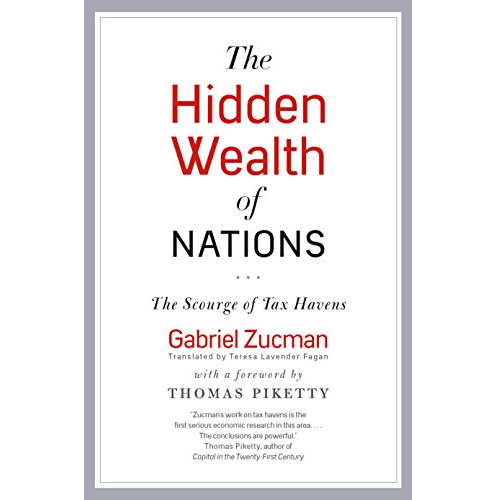
Gabriel Zucman
The Hidden Wealth of Nations: The Scourge of Tax Havens (University of Chicago Press, 2015; originally published as La richesse cachée des Nations. Enquête sur les paradis fiscaux, Éditions du Seuil, 2013)
Nowadays, thanks to the information provided by the media, we are increasingly aware of the inequality in the distribution of wealth. Both in absolute and relative terms, the poor people are getting poorer, and the rich people are getting richer. The theories of Economic Development try to study and explain the issues related to poverty and inequality. And besides the unresolved questions, the existence of tax heavens appears. How can a great fortune be “hidden”? And moreover, how can a fortune be moved from one country to another without being detected? Gabriel Zucman answers these and other questions in his book. In “The hidden wealth of nations” the author describes the mechanisms of tax evasion, he presents estimates of the amounts evaded and, what is more interesting, he explains how is possible to put an end to the tax havens.
– Carmen Diaz Roldán
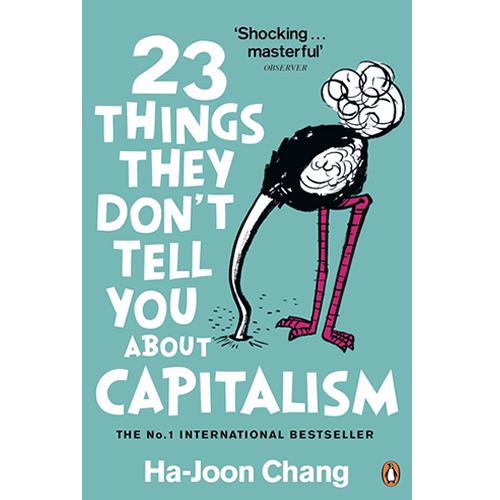
Ha-Joon Chang
23 Things They Don’t Tell You About Capitalism (Penguin Books, 2011)
This book presents in a funny way a series of issues, specifically twenty-three, that most citizens, and even most economists, consider absolute truths or proven facts that explain the good performance of the free-market capitalism. And even more, most of these twenty-three issues have constituted as absolute truths for explaining how the world should work. Those of us who have studied Economics and currently taught Economics at the University, we know the theories and the literature on economic systems. But, in addition, we have our own way of explaining the world as an economist does. For that reason, I find very interesting to read this book. Because it makes us think from the perspective of the author, who is an economist who shows his criticisms of the dominant version of capitalism, an economic system that, in his own words “is still the best economic system that humanity has invented”. Reading this book begins as an entertaining experience and continues to invite us to reflect on some of the paradigms that we have been taught and that, perhaps, we had never questioned.
– Carmen Diaz Roldán
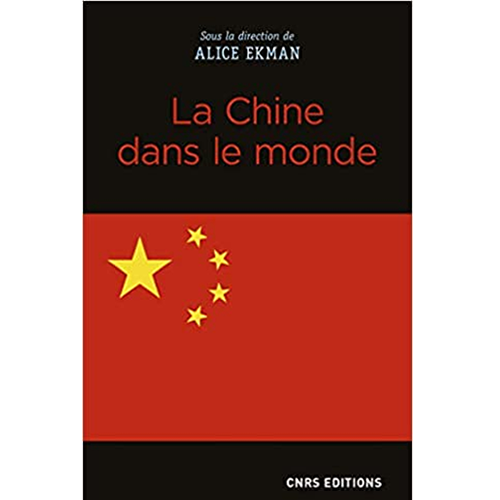
Alice Ekman
La Chine dans le monde (CNRS, Paris, 2018)
Las acciones de China dentro del marco internacional son cada vez más numerosas y diversas. La construcción de infraestructuras de diversos ámbitos para posicionarse internacionalmente, así como sus movimientos comerciales de cara a situarse en un lugar central, hacen que el país asiático ya sea un actor principal en las relaciones internacionales.
Mientras que Deng Xiaoping centró sus esfuerzos en políticas de desarrollo que sacasen de la pobreza a gran parte de la población local, Xi Jinping plantea su estrategia desde un perfil de gran potencia, abordando temas que no eran prioridad antaño, como son el cierre de acuerdos de cara a garantizar el suministro de la gran maquinaria productiva que representa China. A su vez, el desarrollo local no se ha dejado de lado, ya que se persigue reducir la importante desigualdad geográfica que existe aún en el país con el fin de conseguir una relativa cohesión económica.
Este libro nos ayuda a desgranar cuáles son los objetivos y ambiciones de China en el escenario internacional. También nos ayuda a entender cuál es la visión que China tiene de sí misma en relación al resto del mundo y el papel que pretende desempeñar en un futuro cercano
En este sentido, ahondando más en el contenido del libro, la autora plantea una respuesta a la pregunta formulada , a partir del planteamiento de cinco evoluciones distintas para el gigante asiático: la voluntad de ser la vanguardia de la reestructuración de la gobernanza mundial; la apuesta por el multilateralismo; la promoción de un modelo de desarrollo alternativo al del consenso de Washington; la difusión y penetración de nuevos estándares y normas internacionales; y la promoción de una visión post-occidental del mundo.
– Fernando González-Laxe
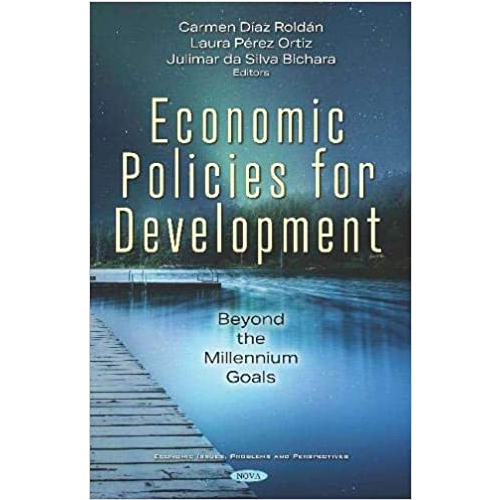
Carmen Diaz Roldán, Laura Pérez-Ortiz and Julimar da Silva-Bichara
Economic Policies for Development: Beyond the Millennium Goals (Nova Science Publishers, 2020)
Doing the editing work of this book, together with my colleagues Laura and Julimar, has allowed me to read a dozen chapters which offer a broad overview of the economic policies for Development, both in the theoretical and empirical areas, arising out of the contributions of several international academic researchers. In the context of the Sustainable Development Goals of the 2030 Agenda of the United Nations, this book provides the most recent approaches showing to which extent economic policies would contribute to reach a sustainable economic development. The contents offer new theories and practical lessons. And the results showed throughout the chapters, provide a vast and comprehensive analysis of the situation, perspectives and proposals for the future of economic policies for development.
– Carmen Diaz Roldán
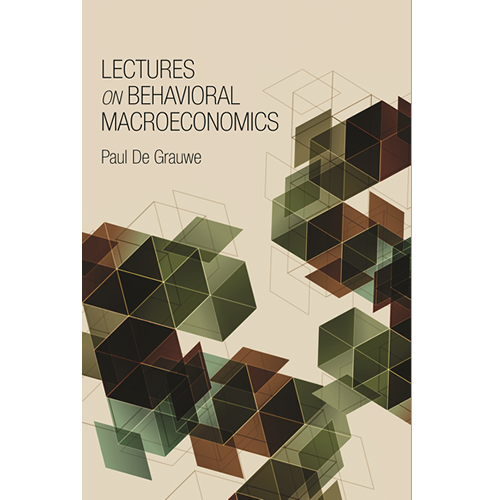
Paul De Grauwe
Lectures on Behavioral Macroeconomics (Princeton University Press, 2012)
In this book, Paul De Grauwe, proposes a new approach for macroeconomic modelling which departs from the mainstream macroeconomic theory. The author argues that individuals have cognitive limitations and that his alternative behavioural model fits better the way in which agents understand the world. Individuals are not perfectly rational, as assumed by the paradigm of the rational and fully informed agent, that unfortunately is not able to explain the fluctuations of market economy. In contrast, De Grauwe explores new ways of introducing the role of the agents such as the use of simple rules from which they can forecast results by “adaptive learning” or the “trial and error” learning, also allowing for different forecasting rules and, consequently, allowing for heterogeneity. Thanks to this new viewpoint, individuals are recognized to use not only their (limited) rationality, but their “animal spirits” or self-fulfilling waves of optimism and pessimism. And the resultant behavioural model provides a good description of the available empirical data. In the author’s words, “there are loose ends and unresolved issues”, which leaves open the way for researchers to propose new aspects of macroeconomic modelling.
– Carmen Diaz Roldán
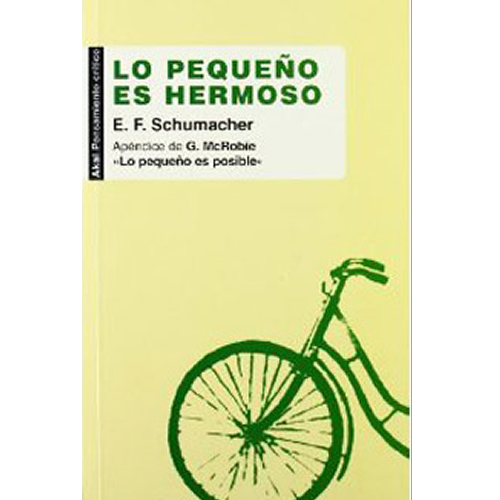
Ernst Fiedrich Schumacher
Lo pequeño es hermoso: Economía como si la gente importara (Akal, 2011; originally published as Small is Beautiful: A Study of Economics as if People Mattered, Harper Collins 1974)
The first time I read “Small is Beautiful” I was a student in the second year of my degree in Economics. Since then, I have read this book from time to time, as I find that it deals with issues that are still fundamental and should not be forgotten. To be aware that natural resources are not renewable, and that the implementation of advanced technology is not always the best solution, it would help us to build a better world for everyone. And recognize that education is the most valuable productive resource, are elements that continue to be the key to achieve a more humane economic development.
– Carmen Diaz Roldán

Nadège Rolland
China’s Eurasian Century? Political and Strategic Implications of the Belt and Road Initiative (National Bureau of Asia Research. Washington, 2017)
Este libro se centra en el estudio de la iniciativa Belt and Road (BRI), impulsada por China. En el texto se detallan sus orígenes, razones y objetivos internacionales que implica esta iniciativa en términos económicos, ideológicos y geopolíticos.
La iniciativa BRI es un proyecto que impulsa la promoción del librecambio. Las fuertes inversiones en infraestructuras terrestres, marítimas, energéticas y de comunicación tienen por objetivo acelerar y facilitar los intercambios mundiales. Sin embargo, hay autores que lo relacionan como una simple iniciativa para responder a las consecuencias de una ralentización económica y a las estrecheces que posee la economía de China para impulsar su desarrollo
Por otro lado, el análisis del discurso chino puede darnos pistas sobre las pretensiones de esta nación en la escena internacional. En este libro la autora establece cinco pilares sobre los que se amparan los discursos chinos a lo largo de su activismo institucional. El primero, se sustenta en la profundización de la coordinación de las políticas públicas de desarrollo; esto es, deben convertirse en una plataforma de cooperación y de conectividad que contribuya a mejorar la integración económica a fin de favorecer el crecimiento económico mundial. Es, por tanto, un proyecto participativo y cooperativo. El segundo pilar concierne al desarrollo de las conexiones entre las infraestructuras; es decir, busca unir las grandes ciudades con el interior del territorio chino, alentando la constitución de parques industriales y de zonas francas, amén de articular una red que permita unir China con otros puertos europeos, africanos y americanos. El tercer pilar corresponde al desarrollo del comercio internacional, merced al cual se establecerán 52 zonas de cooperación económica en las que se espera la creación de empleo y mejora de las condiciones de vida. El cuarto pilar de la iniciativa china es la libre circulación de capitales, facilitando el funcionamiento de todos los proyectos planteados. Ni el Banco Mundial ni el FMI participaran en los proyectos amparados por el BRI. La nueva Ruta de la Seda estará financiada por organismos propios, como el Banco de Desarrollo de China, el Export-Import Bank of China; el Agricultural Development Bank of China, el Banco Asiático de Inversión en Infraestructuras, la banca de los BRICS (Brasil, Rusia, India, China y África Sur); la Organización de Cooperación de Shanghai; y por los grandes bancos chinos (CDB, ICBC, Eximbank, entre otros). De igual forma, participarán los fondos chinos que contribuirán a la financiación de diversos proyectos de la Iniciativa. Por último, el quinto pilar es el relativo a la comprensión mutua entre los pueblos; entendida como un desafío cultural que se apoya en los institutos Confucio y en los forums culturales.
– Fernando González-Laxe